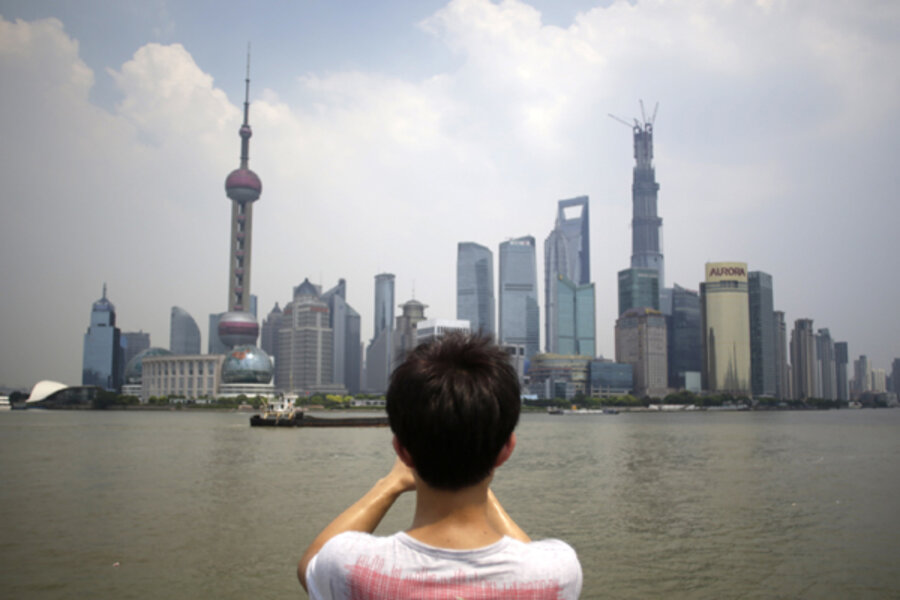'Skyscraper curse' may portend a Chinese economic bust
Loading...
| Changsha, China
To most people, the erection of the world's tallest building would be a positive sign, a proud – if boastful – declaration by the country concerned that "we've arrived."
There is a school of thought, however, that reaching for the sky sends a very different signal: that, in fact, it portends disaster. The so-called skyscraper curse may not be a scientifically validated theory, but it is based on a striking correlation between the histories of record-breaking buildings and spectacular economic busts.
The Empire State Building in New York City was completed on the eve of the Great Depression. The twin Petronas towers, once the tallest buildings in the world, rose above the skyline in the Malaysian capital of Kuala Lumpur just as the Asian financial crisis broke. And completion of the current record holder, the Burj Khalifa, heralded a collapse of the market in Dubai, United Arab Emirates, in 2010.
Against that background, the planned Sky City in Changsha, a city in southern China, (see related story) "is a bad omen for China and the world," warns Mark Thornton, an American economist who has studied the strange phenomenon.
Only too often, according to Andrew Lawrence, the banker who first conceived of the "Skyscraper Index," "skyscrapers seem to mark a very large economic boom that typically ends in large recession," as he told the Chicago-based Council on Tall Buildings and Urban Habitat in a recent interview. "They tend to mark the top of the cycle."
In essence, says Dr. Thornton, who teaches at Auburn University in Auburn, Ala., the tallest buildings in the world tend to go up during booms when credit is easy, land prices rocket, and hubris is high – three characteristics of bubbles that are likely to burst.
For Thornton, the warning signs are flashing. The Shard, a 1,004-ft. needle towering over the City in London, and the tallest building in Europe, opened to the public in February. At 1,776 feet the tallest building in the Western Hemisphere, the rebuilt One World Trade Center in New York topped out in May. The Shanghai Tower, the tallest building in China, topped out earlier this month.
Against the background of a weak global economy, Thornton argues, "the fundamentals and the 'skyscraper curse' indicate that we are facing a high probability of a world economic crisis."
The predictions of Mr. Lawrence, the banker, are less doom-laden, but they are worrying for China nonetheless.
"If we have another [tallest] skyscraper, that tends to mean that's the area where the center of the downturn is likely to emerge," he says.
Maybe the authorities in Changsha would be wise to scale back their dreams for Sky City.





